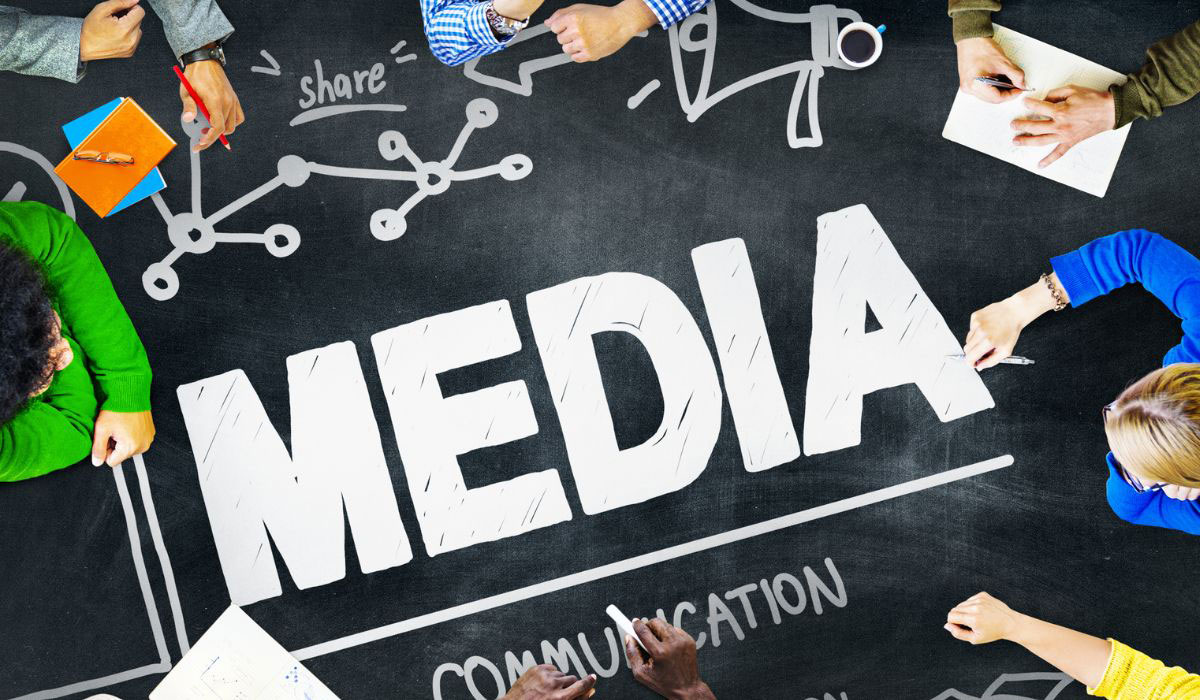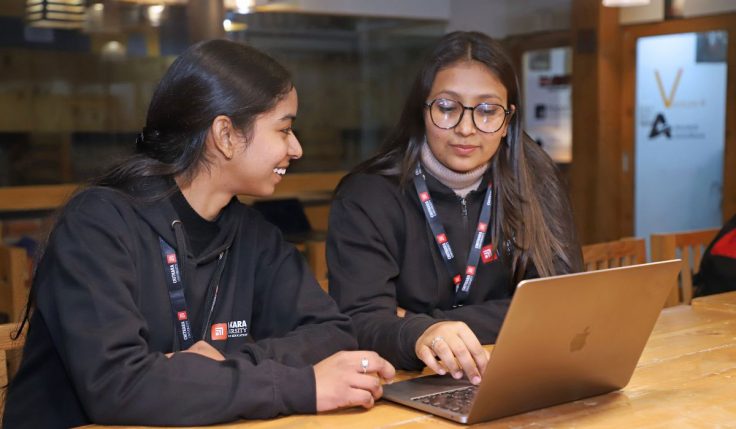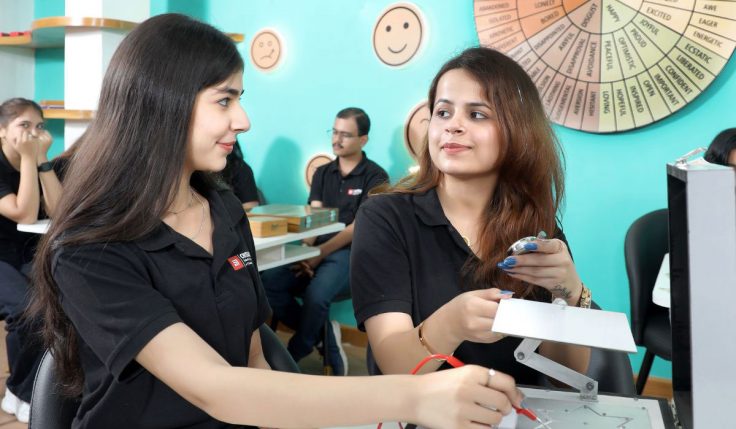In the wide landscape of mass communication, multimedia has emerged as a strong catalyst that has changed how information is disseminated and consumed. There was a time when print and radio were the important mediums, but now a seamless integration of text, images, video, and audio is important for effective communication.
Multimedia transcends the limitations of traditional mediums by engaging audiences on various sensory levels. Visual elements, including images and videos, enhance the comprehension and retention of information.
In a world that is full of data, multimedia helps break through the noise, capturing attention and delivering powerful messages a lot more vividly. Let’s see the importance of multimedia in mass communication in detail by knowing more.
Importance of Multimedia in Mass Communication
A primary advantage of multimedia in mass communication is the ability to serve different learning styles. Some people can grasp content much better with the help of text, while others thrive on visual and auditory stimuli. With the combination of different forms of media, communicators can ensure a wider reach and increased accessibility, which also fosters inclusivity.
Social media platforms are a perfect example of the use of multimedia in contemporary communication. The wide use of platforms such as Instagram, YouTube, and TikTok highlights the preference for visual content. Most users are now inclined towards consuming news, entertainment, and educational content in bite-sized and visually appealing formats.
Multimedia Facilitates Visual Storytelling
Multimedia facilitates storytelling in a much more immersive way. A well-made video or an interesting infographic has the potential to generate emotions and even convey complex narratives with a stronger impact as compared to standalone text-based information. The emotional resonance improves audience connection and also fosters a deeper understanding of the message that is being delivered.
When it comes to advertising, multimedia plays an important role in creating successful brand experiences. The combination of online video campaigns, TV commercials, and interactive social media content can be used as a combination of visuals and audio to leave a lasting impact on customers. This influences customer behaviour largely.
Moreover, the evolution of communication technologies has also managed to democratise the creation and consumption of multimedia. Anyone using a smartphone and with unhindered internet access can now become a successful content creator while enabling a diverse range of voices that can contribute to global discourse. This helps empower people and communities and foster an inclusive and participatory media landscape.
How Does Mass Communication Help in Visual Storytelling?
Mass Media and visual storytelling shape the way we perceive the world around us. Mass communication, with its channels including Television, Film, Photography, and Digital Media catalyzes immersive visual narratives that can captivate, inform, and even resonate with the audience.
There are elaborate ways in which mass communication helps in visual storytelling. Let’s see them one by one.
Universal Language: Mass communication has the ability to transcend linguistic barriers while offering a language through visuals that can be properly understood across cultures.
The visual storytelling facilitated by mass media comes with an ability to convey complex messages and emotions without relying completely on words. Universal accessibility creates a shared human experience.
Audience Engagement: The visual elements improve audience engagement and also create a profound connection. Starting from the emotional scenes of a film to the imagery used in journalism, mass media uses visuals to elicit empathy, thought, and a strong bond between the storyteller and the audience.
Hence, the study of mass communication allows students to become trained in visual storytelling and deliver powerful messages by using various mediums that can leave a strong impact on the audience by engaging them for a long time.
Delivering Information: The integration of strong visuals in mass communication can amplify the impact of information dissemination. The delivery of news reports, documentaries, and educational programs can leverage visual storytelling to provide better context while also making information accessible and memorable.
Mass communication teaches students to use complex ideas and data to make them more digestible by carefully creating impactful visuals that can leave an impact on the audience.
Advertising: In the world of marketing and advertising, mass communication is a medium that uses visual storytelling to create compelling brand narratives. The use of advertisements and promotional content leverages the power of visuals to convey a brand’s values, evoking emotions and leaving a strong impact on customers.
Strong brand narratives and advertising done with visual storytelling can completely change the way the audience thinks. It can change their beliefs and encourage them to become loyal to a brand for their lifetime.
Social Media: The rise of social media has managed to largely increase the reach of visual storytelling. There are platforms such as Instagram, YouTube, and TikTok that have become the center for people and brands to tell their stories while targeting vast audiences.
The democratisation of storytelling enables diverse narratives to emerge stronger than ever and also gain traction among the audience. This social media influence changes the way most audiences think and engage with brands.
Educational Impact: Mass communication also plays an important role in education through visual storytelling. Documentaries, educational videos, and e-learning modules can use visuals to improve comprehension and retention.
Complex subjects are more engaging and accessible, facilitating a deeper understanding of many topics. Multimedia helps students absorb and retain information effectively by increasing learning and making it more productive as compared to traditional learning methods.
Learn Visual Storytelling at Chitkara School of Mass Communication
Renowned as one of the best institutes for mass communication in North India, the Chitkara School of Mass Communication offers a perfect setting for learning, development, and growth in the field of media and communication.
The institution is renowned for preparing future media professionals by offering programs such as a B.A. in Journalism and Mass Communication, an M.A. in Journalism and Mass Communication, and a Doctoral Program in Mass Communication.
These programs train students to foster a passion for ensuring that credible information is pushed out for public consumption. They are based on a combination of mass communication and visual storytelling that reshapes the way students perceive and interpret information.
The curriculum at the Chitkara School of MassCommunication encompasses the best teaching practices, research assignments, and experiential learning methods that can contribute towards the holistic development of students.
The importance of multimedia in mass communication is immense. It can engage diverse audiences and convey important information that can create an immersive experience, which further makes it an important tool in the contemporary media landscape.
As we navigate the digital age with each passing day, multimedia continues to change how we connect, share, and understand the world. If you wish to build a career in the field of multimedia, then pursue a career by choosing a program such as a B.A. in Journalism and Mass Communication, an M.A. in Journalism and Mass Communication, or a Doctoral Program in Mass Communication at the Chitkara School of Mass Communication.






